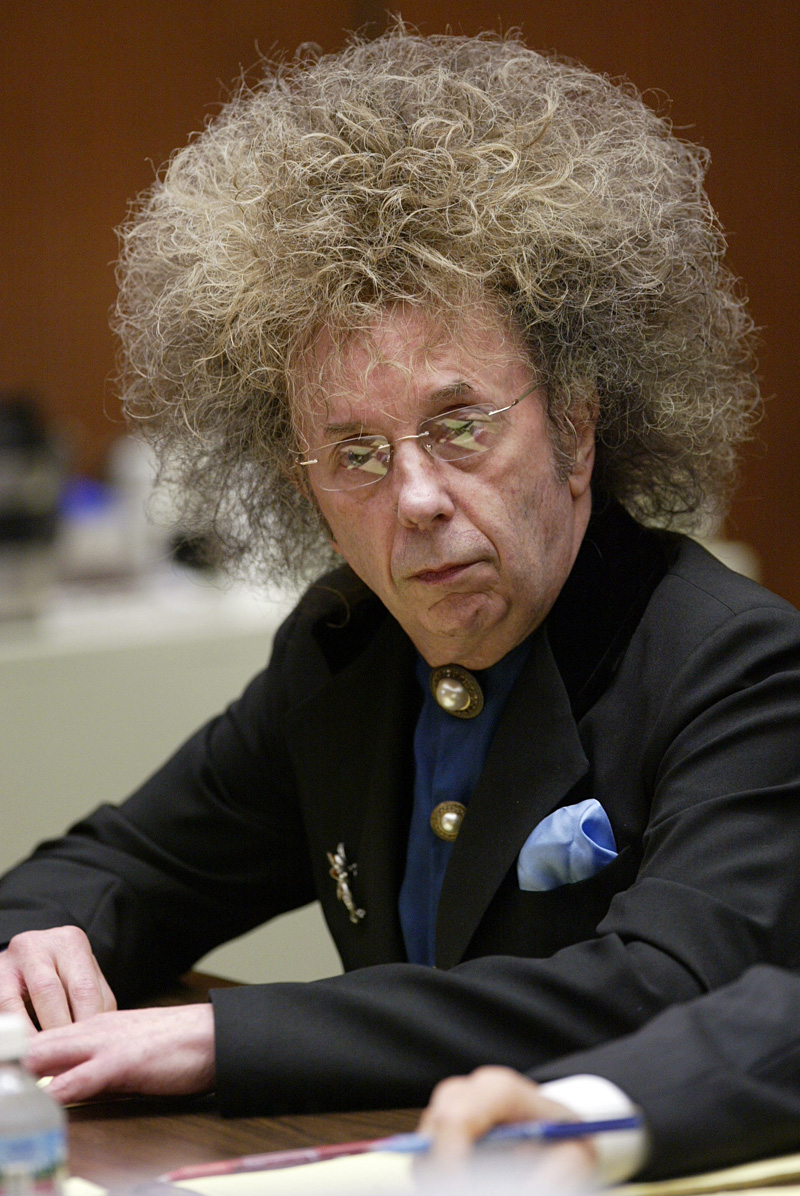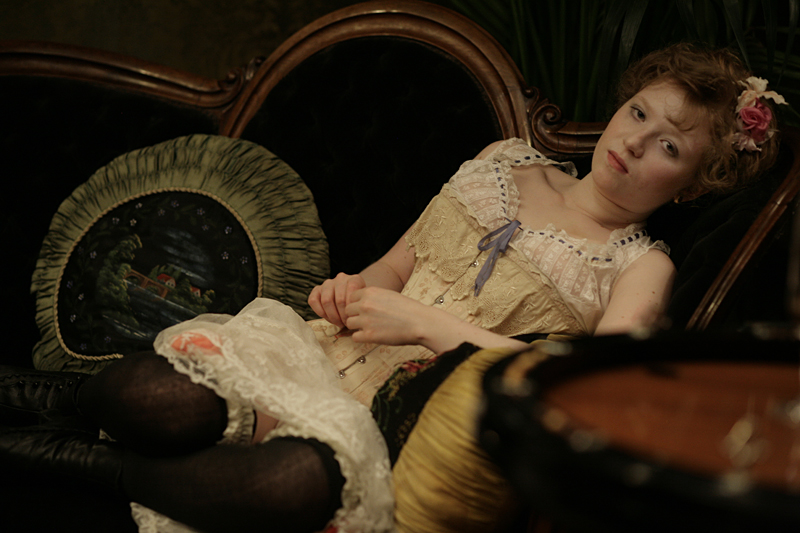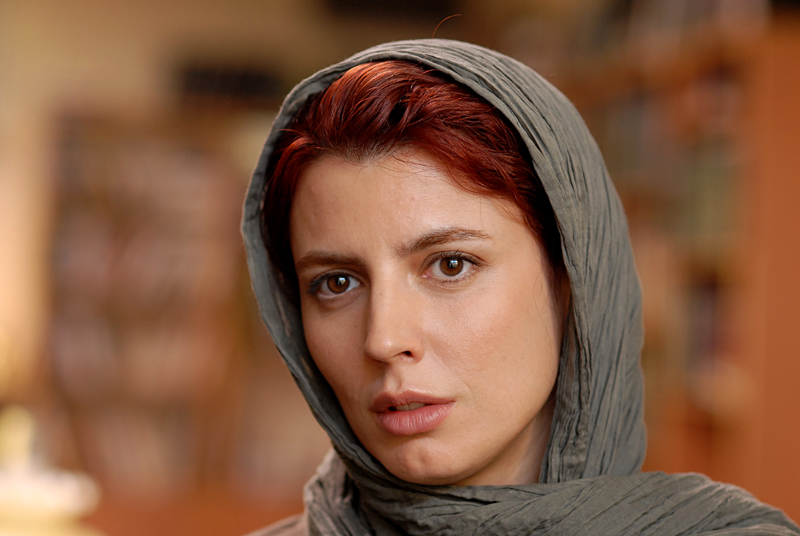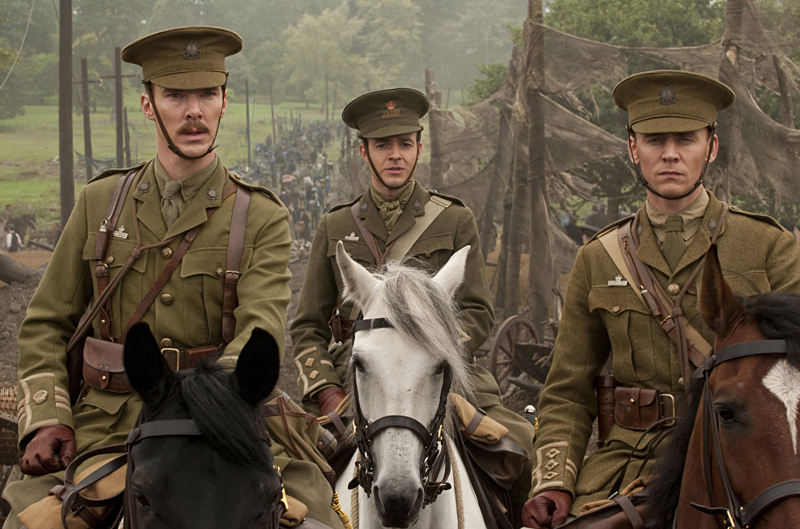A feature-length portrait of a pop-music genius as (pre-)convicted murderer, The Agony and the Ecstasy of Phil Spector lives up to its grandiose title, taken from the old Michelangelo potboiler. Vikram Jayanti’s BBC production is certainly a scoop, culled from 50 hours of interviews made during the reclusive Spector’s first trial—he was accused of sticking one of his many guns in actress Lana Clarkson’s mouth and blowing out her brains—but it’s less a documentary than a Top-40 opera.
The Agony begins with Spector bitching about the jury (“45 percent of them wrote down they believed I was guilty, and 20 percent of them wrote down I was insane” and all of them voted for Bush) and the judge (not fair that he keeps reminding the court that somebody died). Then Jayanti segues—bang!—to a vintage kinescope of the Ronettes performing songwriter Spector’s infectiously plaintive “Be My Baby.” Pure ecstasy! And so it goes for the next 100 minutes, as Spector’s discourse and observations of his courtroom demeanor are interwoven with his greatest hits, often played in their glorious entirety. We (and he?) watch the trial with “He’s a Rebel” pounding in our brains.
By his own account a friendless, bullied child, further traumatized by his father’s suicide, Spector recorded his first pop song in 1958 at age 18, using the inscription on Benjamin Spector’s gravestone: “To Know Him Is to Love Him.” The record went to #1; hit followed hit as Spector created the Crystals and the Ronettes, while developing the sonic full-court press known as the Wall of Sound. Midway through The Agony and the Ecstasy comes the Righteous Brothers’ full four-and-a-half-minute performance of “You’ve Lost That Lovin’ Feelin’.” Spector didn’t invent adolescent emo, but he dignified it with Wagnerian pow. (“Some people consider it the greatest song ever made,” he modestly allows.).
Tom Wolfe celebrated Spector’s emergence with a 1964 New York Herald Tribune feature, “The First Tycoon of Teen.” A few years later, Spector retired in a fit of pique—outraged by the failure of his massively overproduced Ike and Tina Turner single “River Deep, Mountain High.” (When the song went to #1 in England, he took out an ad in the trades: “Benedict Arnold Was Right!”) Thereafter, he made occasional comebacks—creating the Beatles’ last album, Let It Be, from hours of rehearsal tapes and producing several of John Lennon’s subsequent singles—while growing ever weirder. Jayanti uses Lennon’s “Crippled Inside” to meditate on the spectacle of Spector’s involuntary twitch.
By that point in the movie, Spector’s feelings of abandonment and isolation have been pretty well established—and also, thanks to annotations supplied by his biographer, Mick Brown, identified in his music. One is not exactly prepared for his intermittent charm. Round-faced and wide-eyed, snugly fitted with a bowl-cut blond wig and ever eager to vent, Spector has the look of the imp off a Rice Krispies box. “I was so brazen, I could strut sitting down,” he tells Jayanti by way of explaining how he came to name the 1963 hit “Da Doo Ron Ron.” “I’d like to have a nickel for every joint [Brian Wilson] smoked trying to figure out how I got the ‘Be My Baby’ sound.”Yet rage is constant and grudges boundless (Tony Bennett seems to be a particular bête noire). Spector’s paranoia (persecuted because he created the ’60s) is indistinguishable from his self-importance. He takes credit for the careers of both Martin Scorsese and Robert De Niro, having magnanimously decided not to enjoin Mean Streets for its unauthorized use of “Be My Baby.” (Jayanti misses a chance to cite the song’s more recent appearance in a Cialis ad.) Repeatedly, Spector compares himself to Leonardo da Vinci and, explaining how he came to invent his sound, allows that he “felt the same need Galileo did”—namely, to reorient the universe.
Spector is a notorious credit hog—and Jayanti proves to be something of an enabler. There’s plenty that’s excluded. The songwriters Jeff Barry and Ellie Greenwich, who co-wrote many Spector hits, are never mentioned; nor is Spector’s second wife, Ronettes lead singer Ronnie Bennett. His children are barely alluded to, and Spector’s current (fourth) wife is invisible. Inevitably, however, the star is forced to share the stage with a 40-year-old unemployed actress, Lana Clarkson—not that he has anything to say about her. At first, the dead woman is made manifest in extensive forensic evidence; later, she’s characterized by the defense’s contention that she was so depressed she committed suicide with Spector’s gun. Finally she speaks for herself in a clip film, re-edited by Jayanti to focus on her grotesque impersonation of Little Richard. (In Spector’s mind, this is something that might, in itself, constitute a capital crime.)
Clarkson’s desire for stardom is again thwarted, but Spector’s solipsism is breached, not just by her inconvenient death in his living room but also by the continuing power of his music to stir the masses. The artist refers to his early-’60s hits as “little symphonies for the kids”—hardly an exaggeration. To have been in junior high school when rhapsodic fugues of yearning like “Spanish Harlem,” “Uptown,” or “Be My Baby” first poured from the radio is to have a sensibility, if not a fantasy life, in some way molded by this monster of self-absorption; to see The Agony and the Ecstasy is to be haunted by the specter of that long-ago innocence.








